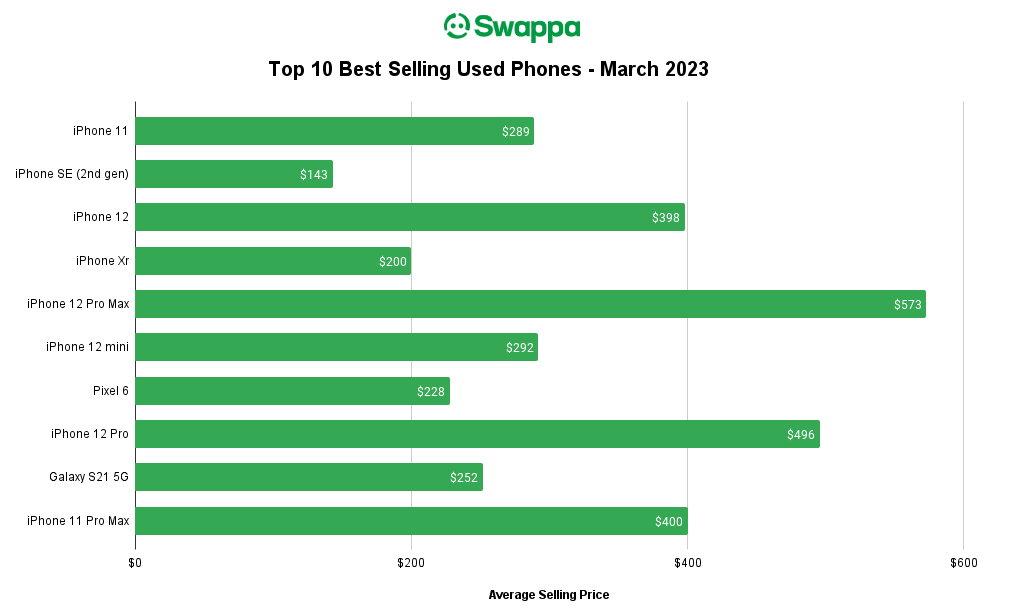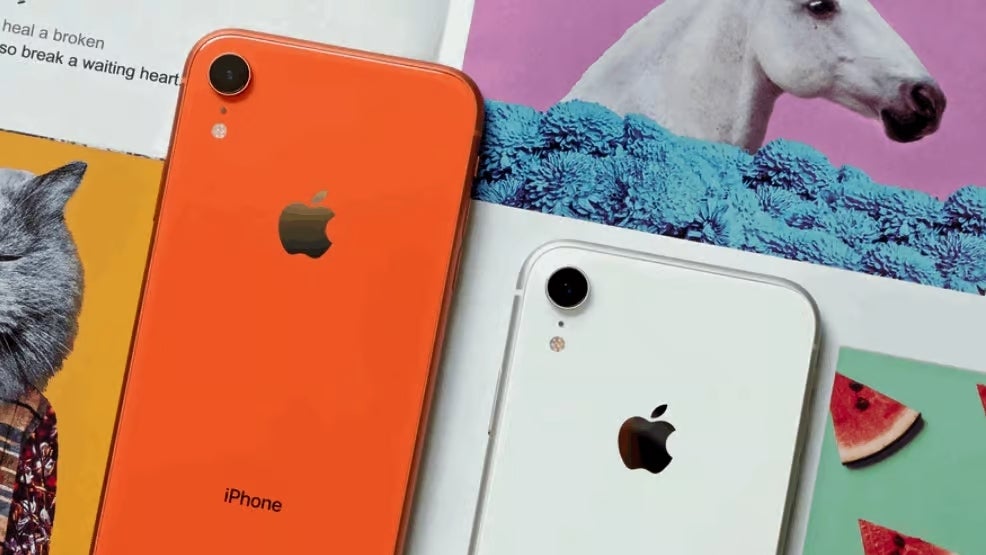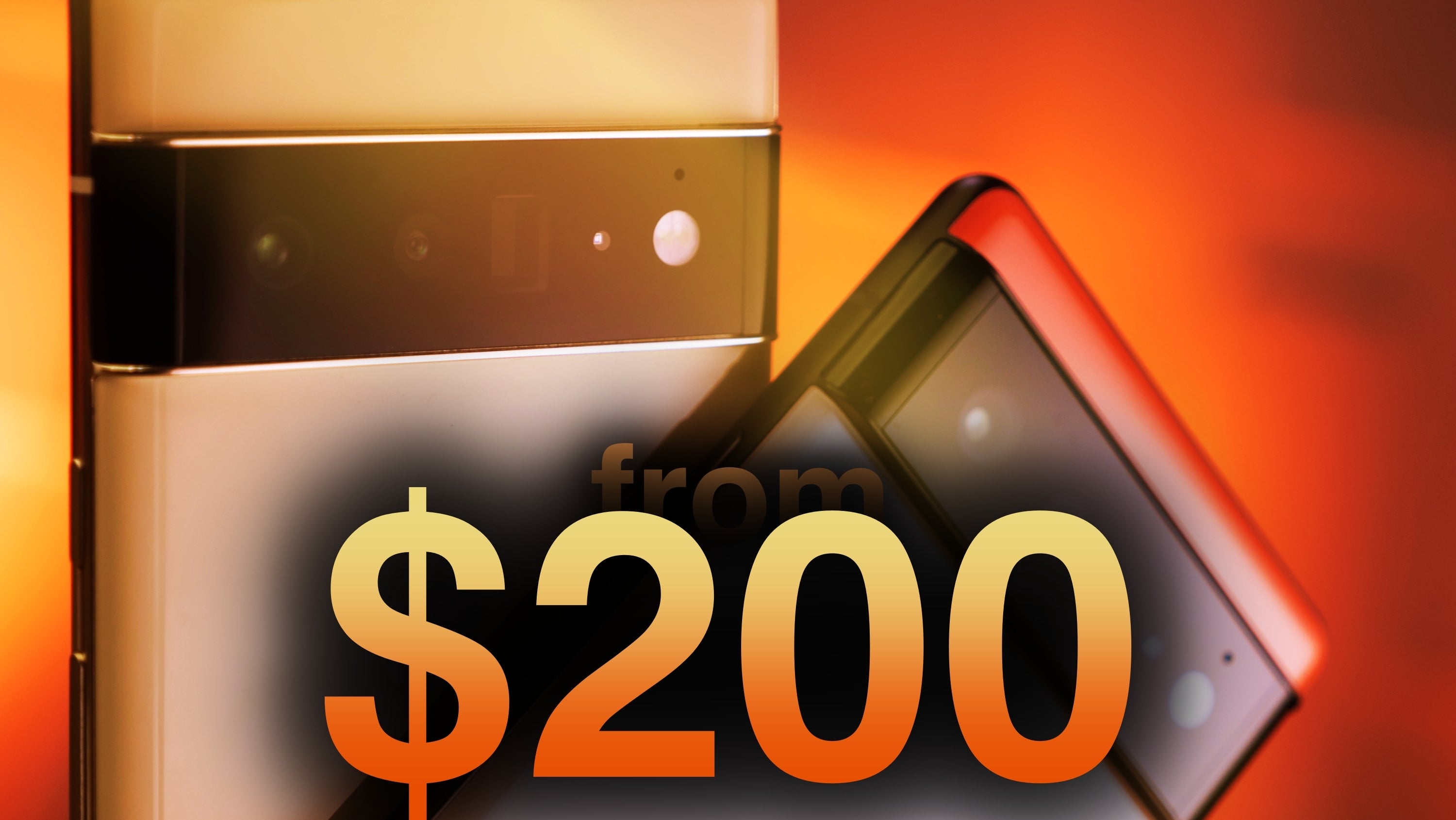People buying $200, 4-year-old iPhones over new Android: The secret market dominated by Apple
This article may contain personal views and opinion from the author.

Your existing phone breaks, or maybe the display is cracked, the charging port is loose, or you simply decide you can no longer tolerate the poor battery life or blurry photos it takes any longer. So, you decide it’s finally time to get something better. Great!
- You’re already an iPhone user, in which case you’re less likely to be looking for an Android phone (iPhone users tend to have stronger brand loyalty); that being said, perhaps just the right review or offer may be enough to change your mind
- You’re already an Android user, who’s looking for a new Android phone but you’re also open to giving the iPhone a shot - especially if you’ve never used one before
You look at the mid-range Android phones and $400 iPhones on the market, and you see a Pixel 6a, a Galaxy A54, and an iPhone SE (2022). They look… fine, but you’re on PhoneArena, reading the reviews that say things like:
- Slowish fingerprint scanner (Pixel 6a)
- Display only runs at 60Hz, scrolling looks a bit choppy (Pixel 6a)
- Pixel reputation for bugs and issues does not inspire confidence (Pixel 6a)
- Performance occasionally feels stuttery (Galaxy A54)
- Video stabilization could be improved (Galaxy A54)
- No wireless charging (Galaxy A54)
- LCD screen feels too small and dated for a modern phone (iPhone SE 2022)
- Camera lacks night mode, has no ultra-wide lens (iPhone SE 2022)
- Battery life is below average (iPhone SE 2022)
- Only 64GB base storage (iPhone SE 2022)
Of course, these $300-400 phones get plenty right, but as people often do, we might focus on the negative side of things, and begin asking ourselves: “Hold on… What’s the absolute best phone I could buy for this much money?” What if it wasn’t a brand new phone?
And thus you end my misery of having to come up with this elaborate introduction, and decide to go on Swappa/eBay, looking for a used/refurbished phone that gives you “the best bang for the buck”. That's when you notice (if you do) that 8/10 of the best-selling phones there are iPhones, which is what this story is about - how Apple is taking over the second-hand phone market, and how that would eventually help Cupertino convert countless Android users into Apple ones.
Let’s take a look…
People perfectly fine with buying 4-year-old iPhones over a brand new Android: The secret market where Apple dominates Android - used and refurbished phones

iPhone dominate the second-hand smartphone market according to data from Swappa.
We have another month where the top-selling phones are mostly Apple. There are eight iPhones and two Android smartphones on the list. The two Android smartphones are the Google Pixel 6 and the Samsung Galaxy S21 5G. Swappa
The March list of best-selling phones on Swappa includes eight iPhones and two Android phones. Bear in mind, Swappa doesn’t provide data on units sold…
- iPhone 11
- iPhone SE (2020)
- iPhone 12
- iPhone XR
- iPhone 12 Pro Max
- iPhone 12 mini
- Pixel 6
- iPhone 12 Pro
- Galaxy S21
- iPhone 11 Pro Max
Now, Swappa’s top 10 best-selling list of phones only reinforces the existing knowledge of strong demand for a wide range of used iPhones, and two Android phones, the Pixel 6 and Galaxy S21. But what’s particularly striking is how overwhelming Apple’s lead is, and how the oldest phone on the list is the nearly five year-old iPhone XR, at an average resale price of only $200.
- You take a look at the rest of Swappa’s best-sellers list, and you see even better offers for used iPhones (Android phones too, of course); for example, the $150 iPhone SE (2020), which at this price point is easily the most reliable and longest-supported phone you can buy - iPhone or Android
- Then you have the $300 iPhone 11, which actually leads the chart, and it’s not too hard to see why - it still has 2-3 major iOS upgrades to go, and it comes with wireless charging, water-resistance, a premium build, and a flagship A13 Bionic chip, which is still pretty powerful compared to what you’d get at this price range elsewhere; for example, the Pixel 6a and its Tensor chip come the closest here - I’d recommend Google’s phone over the iPhone if you know you want Android
- The entire iPhone 12 series of phones are also on the list, but I’m not going to go over every single one of them now - they all come with their own set of selling points compared to brand new phones in a similar price range; for example the iPhone 12 Pro is a viable alternative to a $450-500 mid-range Android that, according to Swappa, many people choose to buy
The iPhone 12 mini, famous for selling poorly, is apparently crushing it when priced at $250-300, and I can see why! Those with older phones likely don’t have a device with a very large display, so the 5.4-inch iPhone 12 mini might be exactly what iPhone 7, iPhone 8, and even iPhone X users are looking to upgrade to. Moreover, even today, the iPhone 12 mini comes with a promise of 3-4 years of major iOS updates, which makes it super relevant.
Apple is taking over the entire phone (and real) world, converting countless Android users: Why are people OK with buying very old iPhones instead of new mid-range Android phones?

Second-hand phones make for a $64.5-billion market where your favorite phone-makers fight to collect and resell phones just as hard as they do to sell you a brand new one.
Some might say that second-hand iPhones might be taking away from Apple's revenue, but they are a blessing in disguise, giving Cupertino a golden opportunity to finally get to those Android users who wouldn’t otherwise spend $1,000 for a brand new iPhone 14 Pro.
So, yes - funny enough, not only does Apple manage to rank 8/10 phones in the top 10 best-selling smartphones chart released by Counterpoint, but Cupertino also manages to take 8/10 spots in Swappa’s best-selling used phones ranking as of February 2023. How consistent!
But why are people buying old iPhone instead of new Android phones? Or even old Android phones (Pixel 6, Galaxy S21) instead of new Android phones or iPhones?
- Used flagship iPhones (and Androids) offer a premium build quality, which budget Android phones don’t
- Apple is known to support iPhones for 5-6 years, which is half as much compared to most budget Android phones, meaning software support on a 2-3 year-old iPhone would often be as long or longer than on a new, budget Android phone
- Even older iPhones like the iPhone XR and iPhone 11 come with extra premium features that some users might appreciate such as water-resistance and wireless charging (same for older Android flagships)
- The photo and especially video quality on phones like the iPhone 11 and iPhone 12 mini would often be superior to that on an Android phone priced at $300 (exception makes the Pixel 6a, which takes better photos than both - but not better videos)
$200 and $300 iPhones help Apple convert those Android users who wouldn't otherwise spend $1,000 for an iPhone 14 Pro

iPhones aren't even the best-value old flagship phones you can buy. Right now, this honor goes to the Pixel 6 and Pixel 6 Pro, which cost as little as $200 on Amazon Renewed.
Arguably the biggest reason people go with old iPhones instead of cheaper Android phones is Apple’s brand recognition and reputation. See, if the OS of my new phone was of no relevance, I’d certainly pick up a Pixel 6a over something like an iPhone 11 - the latter starts at just 64GB of base storage. But if I’m an iPhone user, well… Then things start looking more similar to what Swappa's chart tells us.
Speaking of the great value the Pixel 6a brings to the table, it's important to note that Google’s incredible Pixel offers are a drop in the ocean of other Android devices that don’t offer such great value (like a flagship chip and a flagship-grade camera). So, what happens if you don’t want a budget Pixel? Then we’re back to used iPhones and Android flagships.
But the fact that iPhones are currently outselling Android phones in the used/refurbished market isn’t even what Android should be worried about most. The longer-lasting consequences here could be far more favorable for Apple, which has a golden opportunity to finally get to those Android users who wouldn’t otherwise spend $1,000 for a brand new iPhone 14 Pro, and eventually... lock them in the Apple walled garden.
First a $200 iPhone, then a $800 iPhone, and then… a $1,400 iPhone on a contract. Happens more often than you’d know.
Follow us on Google News














Things that are NOT allowed:
To help keep our community safe and free from spam, we apply temporary limits to newly created accounts: